Backgrounds and foregrounds @ 99 Mary Street
November 1, 2015
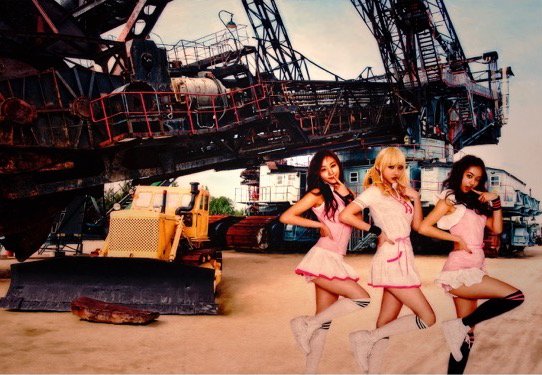
All images courtesy of 99 Mary Street
I am not a fan of pop art, though my ‘date’ for the evening, Susan, points out that I only really know Andy Warhol and Roy Lichtenstein. And I like Roy Lichtenstein. She has a point. One thing we both agree on is 99 Mary Street is a well thought out space for hanging art. A slice of New York loft (literally a slice) in the heart of what was once a metal working industrial heartland. The space is open, clean, well lit and well hung.
Phillips is a Birmingham lad, and cars and engines proliferate the early work in this exhibition. What first seems abstract in the images: Rubik’s cubes, hula hoops, rainbows and logos, seem less abstract when put in the context of a seventies, industrial upbringing. As Susan pointed out, pop art is the use of the now. Phillips is working from a canvas of the life around him.
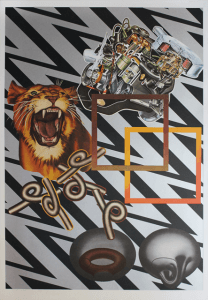
This might explain the tension between the old work and the new on display here. It is not a criticism of either to say the leap required is sometimes jarring. A leap from seemingly apolitical psychedelia into seemingly political collage. Compare, for example, ‘SUNgleam from the Pneumatics set’ (1968) with ‘Feeding’ (2010/2015). The former a deceptively complex interplay and structure, greytone and colour. The latter, a simple Banksyesque attack on war and consumerism.
Yet comparing the two, opened my eyes to the politics present in the earlier work. The bland, grey, printed shapes overlay a background that is only first noticed from afar. A repetitive colour wheel that hides behind the shapes and promises a vibrancy that an initial view might miss.
This dispute between foreground and background is what interested me most about Phillips’ work. ‘From Drawing Series 3’ (1967) and ‘Safari’ (1971) both forced questions of how context (in this case a differing colour or background), can alter what we see. What mood it creates in us. Both mine and Susan’s favourite piece took this further.
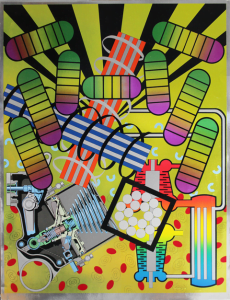
‘Select-o-Mat Rear Axle’ (1971) once again overlays a cornucopia of images, (including, more car parts, engines, a naked woman and curly straw-like shapes) over a seemingly uninteresting colour chart. Yet it is this background of colours that sets the context for the foreground. What intrigued me most were the shapes we didn’t initially see. Three grey rectangles that seem to be neither foreground nor background. Somewhere inbetween, they seem to censor the image. Yet where they censor seems to serve no purpose. Are there hidden delights? Displeasures? Offences?
This too is a politics. My gallery-going partner saw it as censorship and its entanglement with images as they are. I thought more about the way our background influences our present and the unexpected can disarm and recontextualise both. Either way, our common belief in the skill of the artist is present in our minor disagreement. Somewhere between us and him and our differing opinions on each art work is something commonly human. Something about our foregrounds and our backgrounds.
Peter Phillips, solo Exhibition October 30th– November 25th. More info at www.99mary.st.

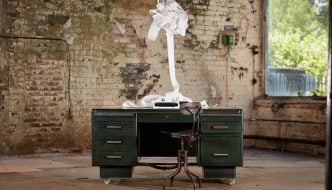

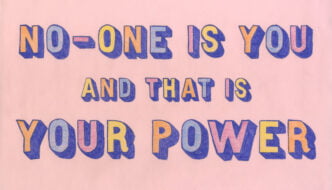
Comments